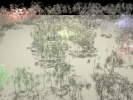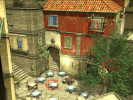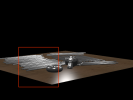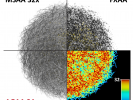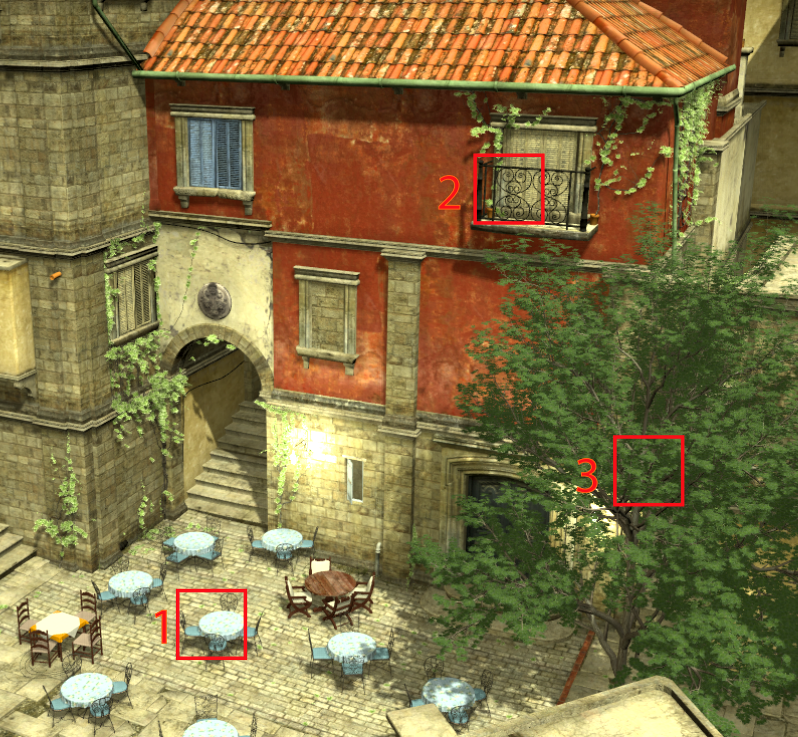Aggregate G-Buffer Anti-Aliasing
Cyril Crassin; Morgan McGuire; Kayvon Fatahalian; Aaron LefohnACM SIGGRAPH Symposium on Interactive 3D Graphics and Games (I3D) -- IEEE Transactions on Visualization and Computer Graphics (TVCG) - October 2016 (inproceedings)
Abstract
We present Aggregate G-Buffer Anti-Aliasing (AGAA), a new technique for efficient anti-aliased deferred rendering of complex geometry using modern graphics hardware. In geometrically complex situations where many surfaces intersect a pixel, current rendering systems shade each contributing surface at least once per pixel. As the sample density and geometric complexity increase, the shading cost becomes prohibitive for real-time rendering. Under deferred shading, so does the required framebuffer memory. Our goal is to make high per-pixel sampling rates practical for real-time applications by substantially reducing shading costs and per-pixel storage compared to traditional deferred shading. AGAA uses the rasterization pipeline to generate a compact, pre-filtered geometric representation inside each pixel. We shade this representation at a fixed rate, independent of geometric complexity. By decoupling shading rate from geometric sampling rate, the algorithm reduces the storage and bandwidth costs of a geometry buffer, and allows scaling to high visibility sampling rates for anti-aliasing. AGAA with 2 aggregates per-pixel generates results comparable to 32x MSAA, but requires 54% less memory and is up to 2.6x faster (~30% less memory and 1.7x faster for 8x MSAA).
Video
BibTex references
author = {Crassin, Cyril and McGuire, Morgan and Fatahalian, Kayvon and Lefohn, Aaron},
title = {Aggregate G-Buffer Anti-Aliasing},
url = {http://research.nvidia.com/publication/aggregate-g-buffer-anti-aliasing, NVIDIA Research page},
year = {2015},
date = {2015-02-10},
booktitle = {ACM SIGGRAPH Symposium on Interactive 3D Graphics and Games (I3D) --
IEEE Transactions on Visualization and Computer Graphics (TVCG) - October 2016},
journal = {ACM SIGGRAPH Symposium on Interactive 3D Graphics and Games (I3D)},
publisher = {ACM, IEEE},
}
